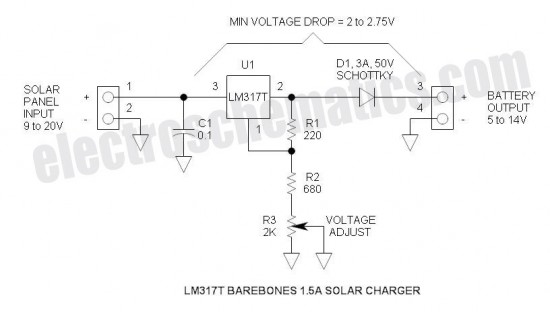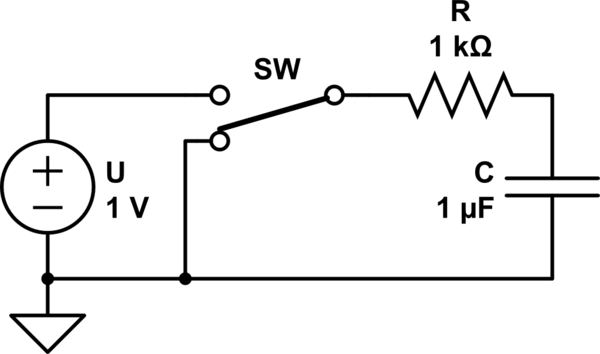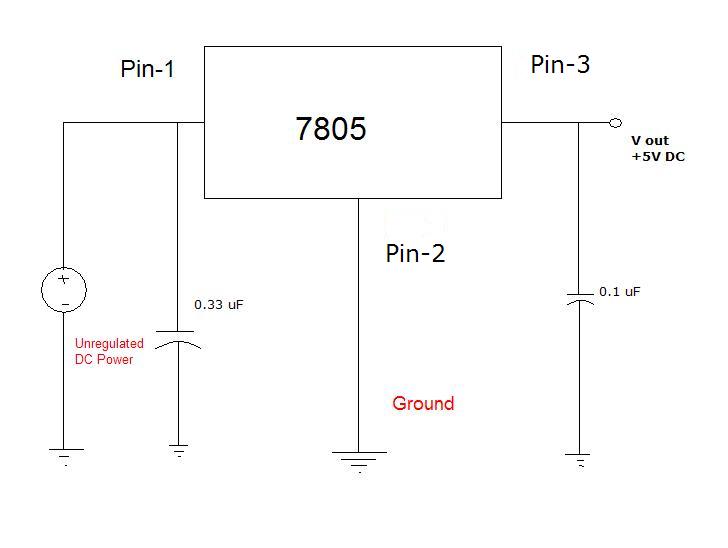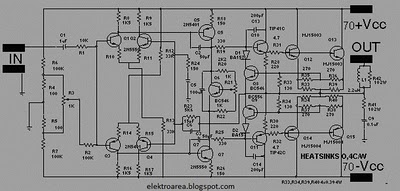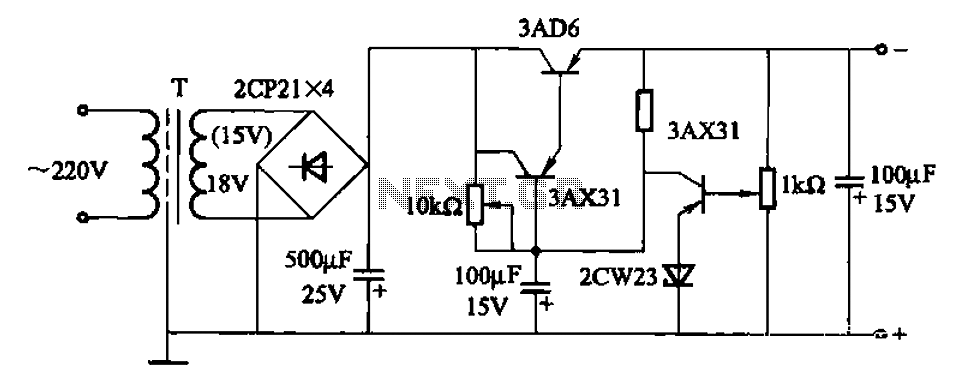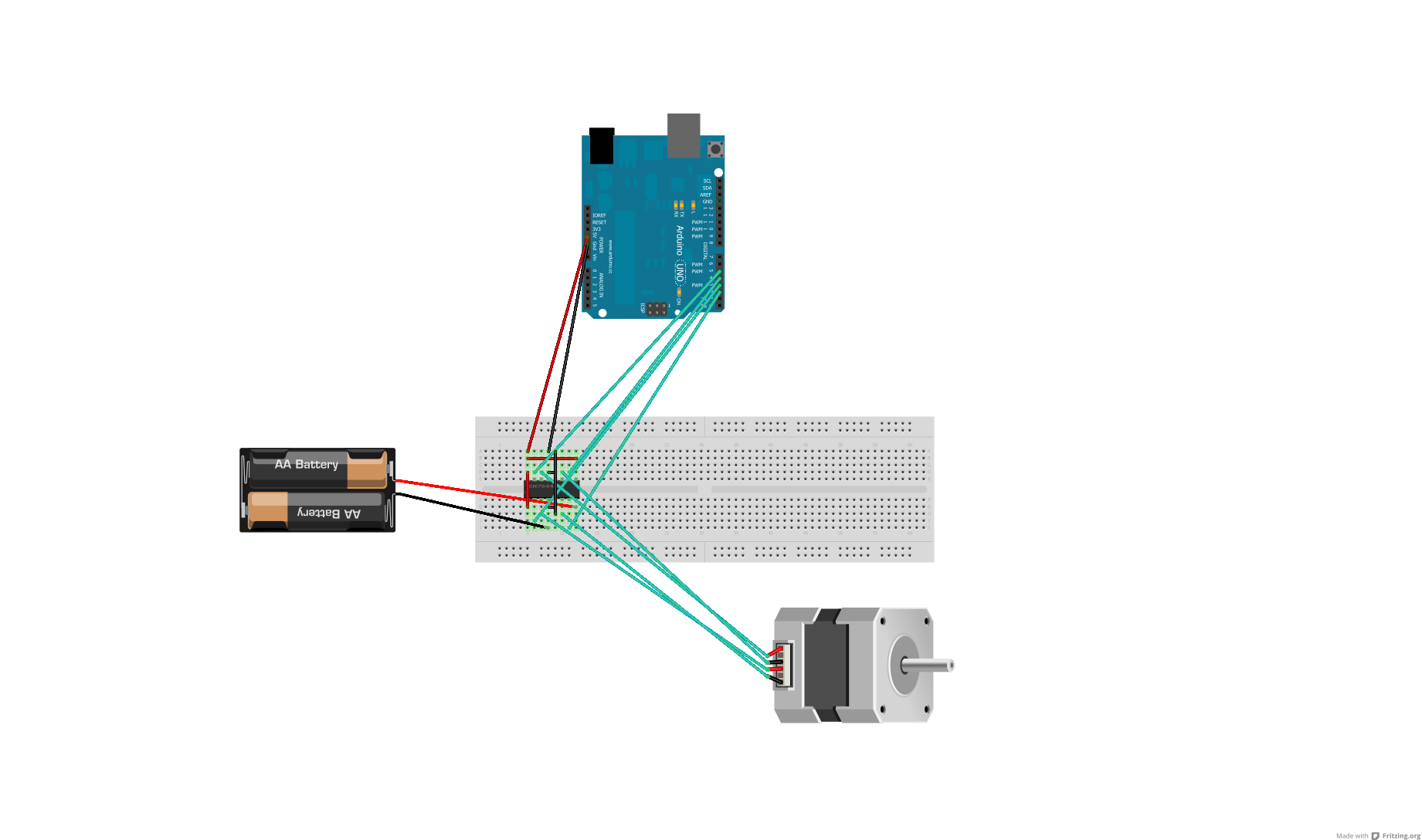
Battery charger or Power Supply 14 volt 4 ampere
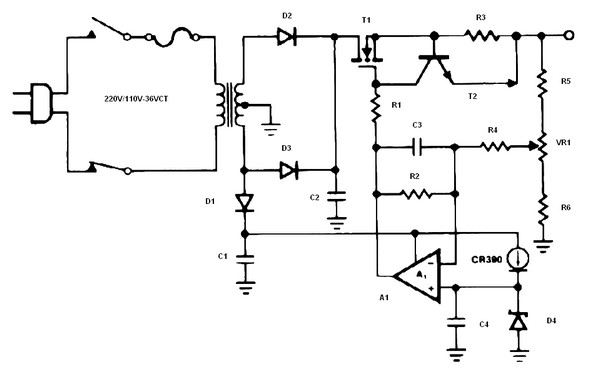
The schematic diagram originates from a circuit designed as a battery charger/power supply with an output of 14V and a maximum current of 4A, utilizing the VN64GA MOSFET. This high-performance battery charger is specifically engineered for gelled electrolyte lead-acid batteries, enabling rapid recharging and automatic shut-off upon reaching a full charge. Initially, the charging current is limited to 2A, which adjusts according to the battery voltage. This circuit can serve dual purposes as both a power supply and a battery charger. It is particularly suitable for motorcycle batteries, as it maintains a low charge current to prevent premature failure of the battery plates. The charger efficiently recharges nearly all lead-acid battery packs, supplying maximum current until the battery's draw reduces to 150mA, at which point the output voltage decreases. The lead-acid battery charger operates at a charging voltage of 2.4V per cell, adhering to manufacturer recommendations, and delivers a pulse charging circuit of 14.4V (6 cells x 2.4V per cell) at a frequency of 120Hz.
The battery charger/power supply circuit is designed to ensure safe and efficient charging of lead-acid batteries, particularly in applications such as motorcycles. The VN64GA MOSFET plays a crucial role in managing the power supply, allowing for efficient switching and thermal management during operation. The circuit includes an operational amplifier that monitors the charging current and adjusts it accordingly to prevent overcharging, thereby extending the lifespan of the battery.
The initial charging phase is characterized by a constant current of 2A, which is ideal for rapidly bringing the battery to a near-full state. As the battery approaches full charge, the circuit intelligently reduces the charging current to maintain the battery's health. This transition is critical, as it prevents excessive gassing and plate corrosion, common issues associated with lead-acid batteries when subjected to high charging currents for prolonged periods.
The design incorporates a feedback mechanism that continuously monitors the battery voltage and adjusts the output accordingly. When the battery voltage reaches approximately 14.4V, the charger enters a maintenance mode, supplying a trickle charge to keep the battery topped off without overcharging. The 120Hz pulse charging technique further enhances the efficiency of the charging process by allowing the battery to absorb energy more effectively.
In summary, this battery charger/power supply circuit is a robust solution for maintaining and charging gelled electrolyte lead-acid batteries, particularly in applications that require reliable performance, such as motorcycle usage. Its dual functionality, efficient design, and adherence to best practices in battery management make it a valuable tool for users seeking to prolong battery life and ensure optimal performance.The schematic diagram come from circuit: Battery Charger / Power Supply 14V / 4A with MOSFET VN64GA power supply. Go to that page to read the explanation about above power supply related circuit diagram. The following schematic is a high-performance battery charger for gelled electrolyte lead acid battery.
Battery charger quickly recharges lead ac id battery and shuts off at a full charge. Innitially, charging current has limitations to 2 Ampere. While the battery voltage. As the the title, this circuit can function as a power supply or a battery charger. This Battery Charger / Power Supply circuit has a voltage output of 14 volts and can supply current up to 4 amperes. Operational amplifier. The above scheme is a motorcycle battery charger, which is intended only for charging motorcycle batteries as its has a low charge current and thereby saving the battery plate from premature failure.
This motorcycle battery charger circuit generate current of. This kind of battery charger circuit will quickly and easily recharge almost every lead acid battery pack. This battery charger supplies maximum current till the current drawn by the battery falls to 150 miliamper.
At this point, less voltage will be. The Lead Acid battery charger is based at charging voltage 2. 4 V per cell, according to many manufacturers recommendations`. Pulse circuit the battery under charge with 14. 4 V (6 CEUs x2. 4 V per cell) at 120 Hz. This Lead Acid. We aim to transmit more information by carrying articles. Please send us an E-mail to wanghuali@hqew. net within 15 days if we are involved in the problems of article content, copyright or other problems. We will delete it soon. 🔗 External reference
The battery charger/power supply circuit is designed to ensure safe and efficient charging of lead-acid batteries, particularly in applications such as motorcycles. The VN64GA MOSFET plays a crucial role in managing the power supply, allowing for efficient switching and thermal management during operation. The circuit includes an operational amplifier that monitors the charging current and adjusts it accordingly to prevent overcharging, thereby extending the lifespan of the battery.
The initial charging phase is characterized by a constant current of 2A, which is ideal for rapidly bringing the battery to a near-full state. As the battery approaches full charge, the circuit intelligently reduces the charging current to maintain the battery's health. This transition is critical, as it prevents excessive gassing and plate corrosion, common issues associated with lead-acid batteries when subjected to high charging currents for prolonged periods.
The design incorporates a feedback mechanism that continuously monitors the battery voltage and adjusts the output accordingly. When the battery voltage reaches approximately 14.4V, the charger enters a maintenance mode, supplying a trickle charge to keep the battery topped off without overcharging. The 120Hz pulse charging technique further enhances the efficiency of the charging process by allowing the battery to absorb energy more effectively.
In summary, this battery charger/power supply circuit is a robust solution for maintaining and charging gelled electrolyte lead-acid batteries, particularly in applications that require reliable performance, such as motorcycle usage. Its dual functionality, efficient design, and adherence to best practices in battery management make it a valuable tool for users seeking to prolong battery life and ensure optimal performance.The schematic diagram come from circuit: Battery Charger / Power Supply 14V / 4A with MOSFET VN64GA power supply. Go to that page to read the explanation about above power supply related circuit diagram. The following schematic is a high-performance battery charger for gelled electrolyte lead acid battery.
Battery charger quickly recharges lead ac id battery and shuts off at a full charge. Innitially, charging current has limitations to 2 Ampere. While the battery voltage. As the the title, this circuit can function as a power supply or a battery charger. This Battery Charger / Power Supply circuit has a voltage output of 14 volts and can supply current up to 4 amperes. Operational amplifier. The above scheme is a motorcycle battery charger, which is intended only for charging motorcycle batteries as its has a low charge current and thereby saving the battery plate from premature failure.
This motorcycle battery charger circuit generate current of. This kind of battery charger circuit will quickly and easily recharge almost every lead acid battery pack. This battery charger supplies maximum current till the current drawn by the battery falls to 150 miliamper.
At this point, less voltage will be. The Lead Acid battery charger is based at charging voltage 2. 4 V per cell, according to many manufacturers recommendations`. Pulse circuit the battery under charge with 14. 4 V (6 CEUs x2. 4 V per cell) at 120 Hz. This Lead Acid. We aim to transmit more information by carrying articles. Please send us an E-mail to wanghuali@hqew. net within 15 days if we are involved in the problems of article content, copyright or other problems. We will delete it soon. 🔗 External reference
